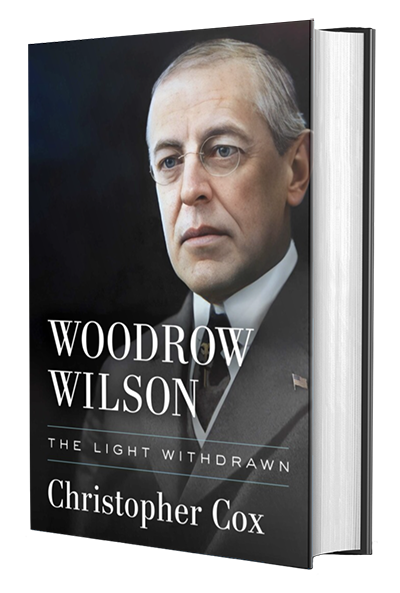Before becoming president, Woodrow Wilson had long desired a “national newspaper,” a “national organ of opinion.” In Wilson’s vision, creating what he called a “national medium of intelligence” under his own direction could “mobilize the mind of America.” To that end, between 1917 and 1919, the government’s censorship agency, the Committee on Public Information, published a model newspaper for the nation’s press to copy from. Titled the Official Bulletin, its content was laid out in newspaper columns, with suggested headlines atop each story. A compliant publisher could simply reproduce the contents at great savings while also giving a wide berth to legal liability under the newly-enacted Espionage and Sedition Acts. The committee’s strategy was to fill the void created by censorship, by flooding the information channels with government-created news.
